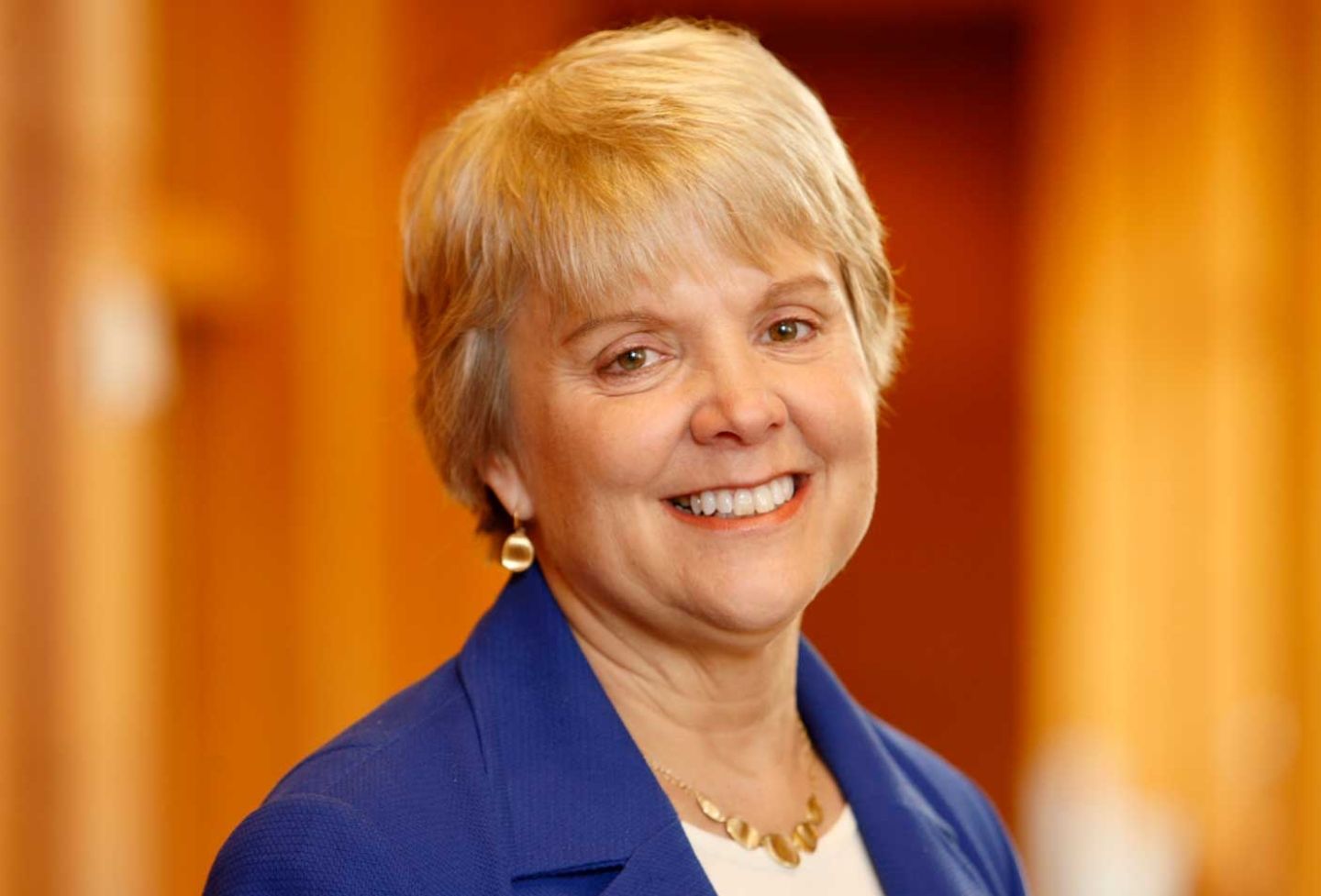Postcards from Abroad: Azerbaijan
Posted June 27, 2007
Dear friends,
I write to you from Baku, the capital of Azerbaijan, where I am working this summer as an assistant in the political and economic section of the U.S. Embassy.
So far, my work has been quite exciting. I’ve been given two subject areas, or “portfolios,” all my own—the first concerns labor, labor law and unemployment in Azerbaijan, and the second concerns internally displaced persons (IDPs) in this country. Working on the labor portfolio—the centerpiece of which will be the Foreign Labor Trends report that I will pen for the U.S. Embassy—has meant learning a great deal in a very short period of time about labor issues, labor law and the relations between the Azerbaijani government and foreign industries. Attending high-level meetings, accumulating labor-related data and interviewing both governmental and nongovernmental persons involved in the Azerbaijani labor milieu have characterized my experience with the labor portfolio here.

Images from an IDP camp

The IDP portfolio, too, has been a real learning experience for me. The conflict between Armenia and Azerbaijan over the enclave of Nagorno-Karabakh (a region within Azerbaijan with a primarily Armenian population) has lasted for well over a decade, and has created sizeable populations of refugees and displaced persons on both sides. Hundreds of thousands of people, both Armenian and Azerbaijani, have fled their homes both before and since Armenia and Azerbaijan agreed to a ceasefire in 1994. According to many estimates, there are at least 700,000 people internally displaced in Azerbaijan from Nagorno-Karabakh. These IDPs tend to live either in settlements fairly close to the conflict zone—near cities such as Agdam, Berde, Fizuli and Agcabedi—or in a number of tightly packed settlements in and around Baku. In both instances, the IDPs tend to live in deplorable conditions, with limited, if existent access to fresh water, food, and electrical power. In and around Baku, many IDPs live in crumbling public buildings, ex-Soviet dormitories and sanitoriums, and mud houses or shacks.

A house and alley in a Baku IDP settlement
The Azerbaijani government clearly has a great deal of political will to change the situation, and has already done a great deal to rehabilitate existing IDP settlements both within and outside of Baku. However, obstacles remain: Issues of legal status and property ownership complicate the lives of IDPs in their settlement areas, problems of corruption and availability of medicine and supplies make health and welfare uncertain at best for many IDPs, and the question of whether the resettlement of the IDPs is sustainable depends greatly on whether the governments of Armenia and Azerbaijan can come to an agreement insofar as repatriation of Nagorno Karabakh is concerned. All told, the legal and political issues posed by the IDP situation are complex, and have made for a very busy summer so far.
In addition to my assigned portfolios, I’ve taken on other tasks as well. I’ve acted as the U.S. representative to events such as the Azerbaijani National Children’s Day and the Baku celebration of World Refugee Day. I’ve acted as a control officer for visiting officials from the State Department and other organizations, and will be helping with upcoming events such the Embassy’s Independence Day Celebration (which boasts over 2,000 invitees) and the upcoming visit of Congressman John Tierney to Baku.
Amidst all this, I’ve found time for a bit of fun, too. Soon after arriving, I visited and explored Baku’s Old City, or İçari Şahar. The Old City is more a labyrinth than a city—a beautiful tangle of underground crypts, cobblestoned alleys and, famously, the Maiden’s Tower, or Qız Qalısı. Along with other Embassy employees, I’ve explored the Qobustan State Reserve, where we viewed prehistoric carvings and cave paintings, dipped our toes in the medicinal mud of the Firuz mud volcanoes, and toured a number of ancient Zoroastrian temples. (With the naturally occurring fire and gas vents around which some of these temples were built, it’s little wonder that “Azerbaijan” is understood as meaning “land of fire.”)

Stapleton at the Maiden’s Tower, or Qız Qalısı
I’ve also traveled out to the distant regions of Baku. Recently, I represented the Department of State at a major festival in the town of Sheki. Tucked away in northwestern Azerbaijan (very near the Russian border), Sheki is a beautiful village dotted with castles and medieval ruins, tucked between two tree-carpeted ridges of the Greater Caucasus mountain range. There, we dined with ambassadors from Egypt, China, Iraq, South Korea, Norway, Turkey, Saudi Arabia, Iran, and more. We watched traditional dancing and listened to mugham songs while sitting under the leafy trees near the Khan’s Palace, and watched craftsmen and craftswomen at work creating beautiful pieces of stained glass (shebeke), beaten copper plates, and carefully woven silk carpets.

A mountain-top view of Sheki

Stapleton celebrates at a Sheki festival with a co-worker.
Working in Azerbaijan has been an honor and a pleasure thus far. The legal and political issues I’ve encountered are exciting ones, and I wholeheartedly recommend work like this to anyone interested in what happens when law and politics meet in the international milieu. I look forward to seeing you all in the fall, and best of luck—
Caitlin Stapleton
Founded in 1819, the University of Virginia School of Law is the second-oldest continuously operating law school in the nation. Consistently ranked among the top law schools, Virginia is a world-renowned training ground for distinguished lawyers and public servants, instilling in them a commitment to leadership, integrity and community service.


